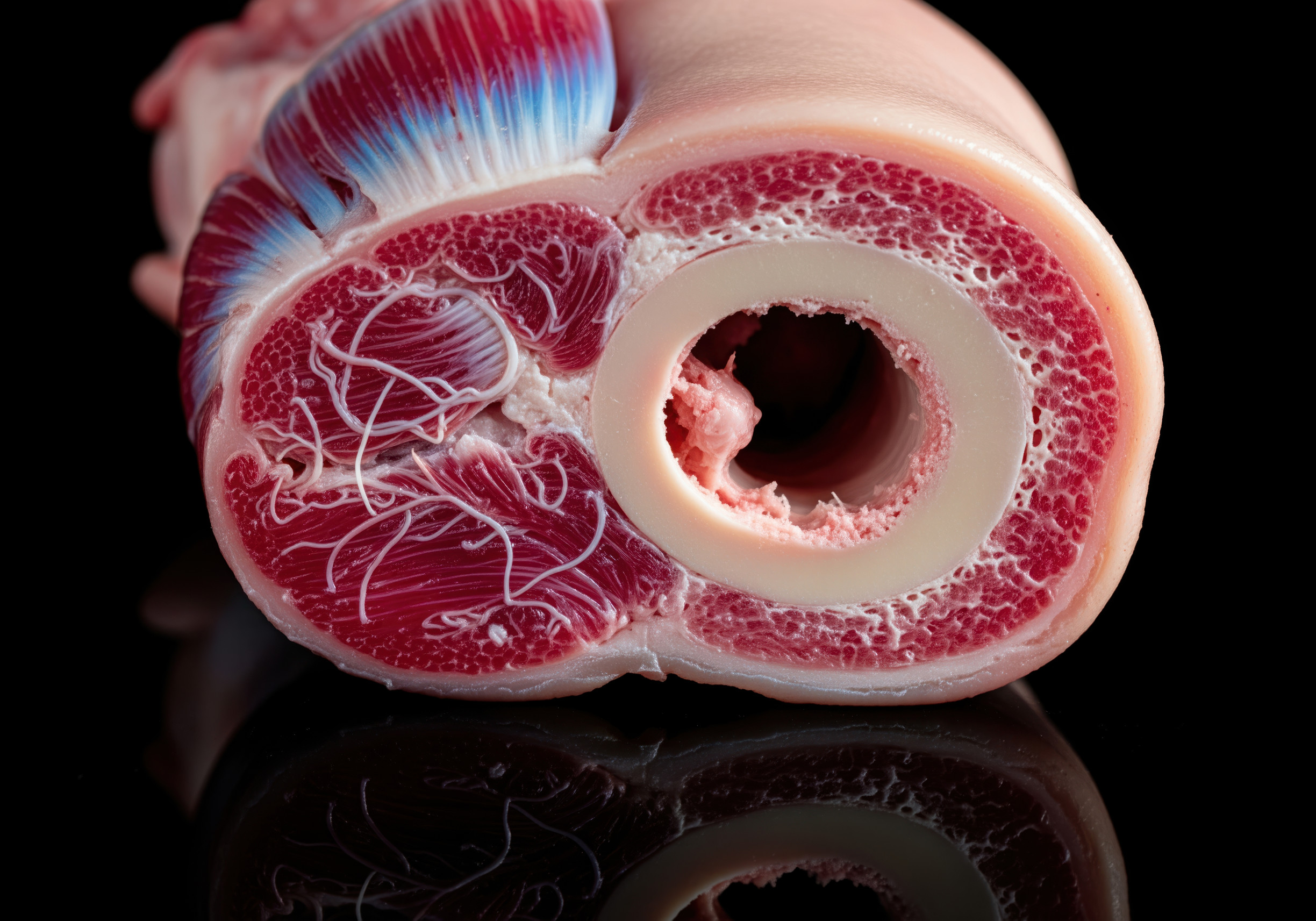We love sharing the uncovering of the vast biodiversity of our world with our readers. In 2020 alone, 503 new animal species were discovered. From the Popa langur monkey, to nine new snake species and the highest living bumblebee Bombus tibeticus. It is inspiring and exciting to see the wide range of beautiful animals out there still to uncover.
With only one head but multiple branching bodies, branching marine worms are definitely a creature that makes you double take. As these beasts are extremely rare, only two species had previously been uncovered, in the Philippines and in Australia. However, thanks to an international effort, a third species has recently been identified in Japan and reported in Organisms Diversity & Evolution.
A new species found in Japan
Professor M. Teresa Aguado, who works at the University of Göttingen, was sent pictures of the new species by researchers on the Island of Sado. He immediately recognized the special discovery and organized a field trip there. “We were astonished to find another of these bizarre creatures with only one head and a body formed from multiple branching. The first worm was thought to be unique,” Aguado stated, “this discovery reveals a higher diversity of these tree-like animals than anyone expected.”
The worm was named after Godzilla’s arch nemesis, King Ghidorah, a three-headed, two tailed beast from Japanese folklore. “King Ghidorah is a branching fictitious animal that can regenerate its lost ends, so we thought this was an appropriate name for the new species of branching worm,” said Aguado.
There is much to understand
As the Ramisyllis kingghidorahi’s home is inside stony sponges, it is thought that this is the reason for their branching bodies. Though, exactly how they survive in this environment is currently a mystery. Aguado explains: “Scientists don’t yet understand the nature of the relationship between the branching worm and its host sponge: is it a symbiotic relationship where both creatures somehow benefit? And how do the worms manage to feed to maintain their huge bodies having just one tiny mouth in their single head?”
Researchers are aiming to dive into the evolutionary history of these creatures by studying their genomes. Figuring out which of the three species are more closely related, and when they diverged off into their separate ways.
Source study: Organisms Diversity & Evolution – Ramisyllis kingghidorahi n. sp., a new branching annelid from Japan











